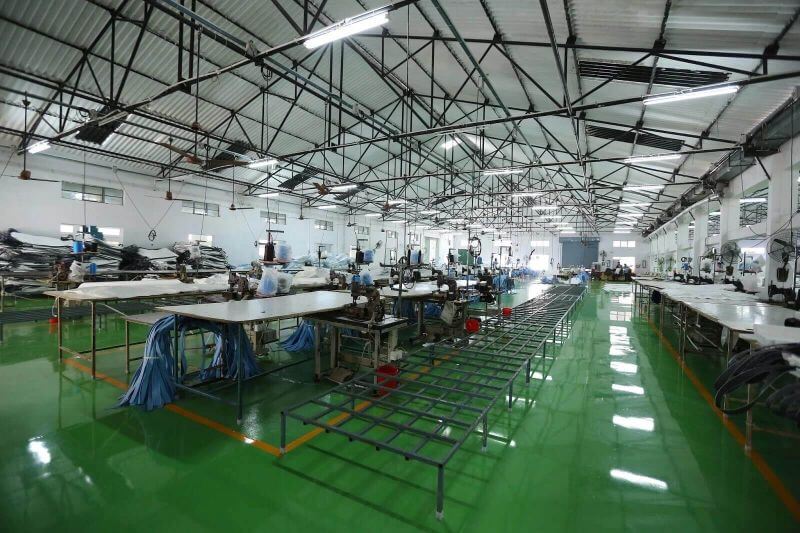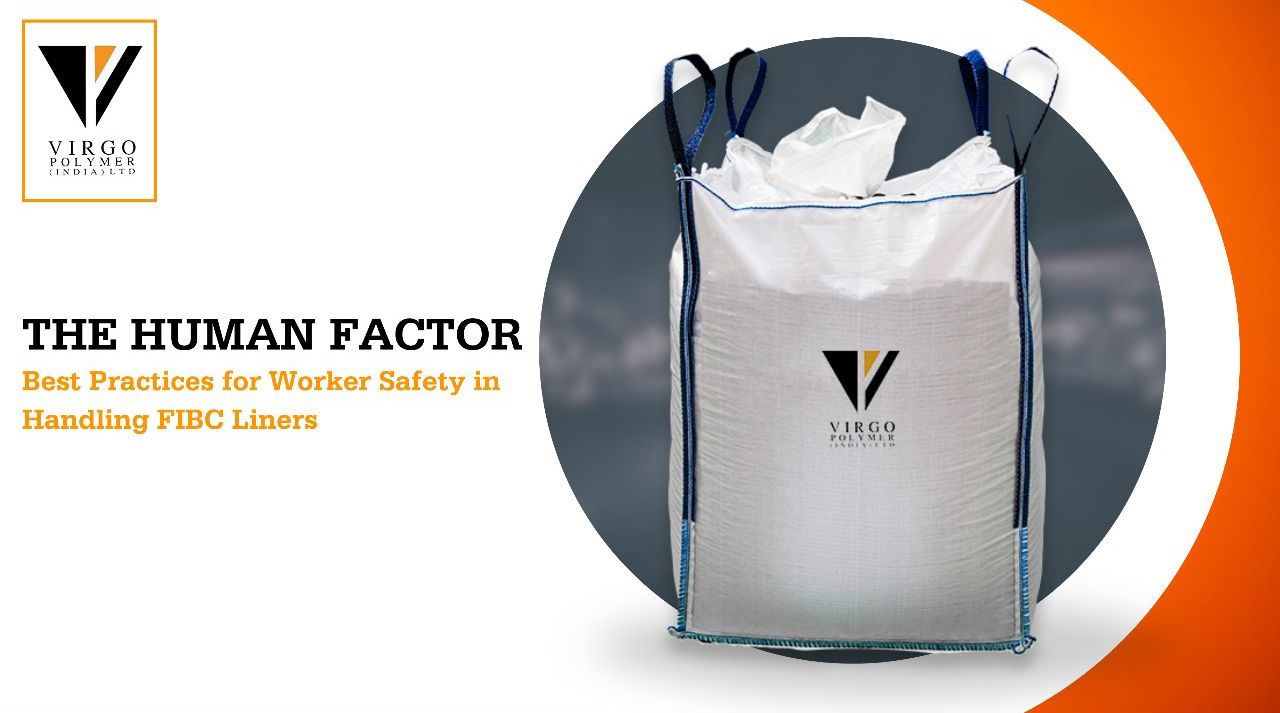



Safety precautions can easily be neglected in the hectic, high-production industrial context where productivity and efficiency are vital. Neglecting safety precautions, however, might have detrimental effects while handling Flexible Intermediate Bulk Containers (FIBCs) and their liners. Implementing preventative measures and following recommended procedures are necessary for protecting employees against any risks related to FIBC liners.
Training and Education:
Appropriate training is necessary. Workers need to be made aware of the possible risks associated with handling FIBC liners, including the possibility of breathing in dust, being exposed to chemicals, and experiencing physical strain from carrying and transporting large loads. Proper lifting techniques, the appropriate use of personal protective equipment (PPE), and procedures for handling dangerous items should all be covered in training.
Safe Lifting Practices:
To reduce the risk of musculoskeletal injuries, workers should always move FIBC liners with the use of mechanical aids like forklifts or hoists. Workers should only undertake manual lifting when it is absolutely required, and even then, they should do it properly by bending at the knees, keeping the load close to their bodies, and avoiding twisting motions.
Personal Protective Equipment:
When handling FIBC liners, workers should always wear the proper PPE, especially if they are handling dangerous materials. Gloves, safety glasses, respirators, and protective clothes may be examples of this. To ensure efficacy, PPE needs to be fitted correctly and tested on a regular basis.
Storage and Handling Protocols:
When handling FIBC liners, workers should always wear the proper PPE, especially if they are handling dangerous materials. Gloves, safety glasses, respirators, and protective clothes may be examples of this. To ensure efficacy, PPE needs to be fitted correctly and tested on a regular basis. For worker safety to be maintained, FIBC liners must be handled and stored properly. Store liners in a spotless, dry location away from heat sources, moisture, and direct sunlight. Before using liners, personnel should check them for damage or faults and make sure they are installed correctly according to the manufacturer's instructions.
Emergency Procedures:
Employees must receive emergency response training in case there is a leak or mishap with FIBC liners. This includes understanding how to properly limit spills, clean them up, handle exposure situations, and seek medical assistance when needed.
Regular Audits and Inspections:
To find and address any possible risks connected to handling FIBC liners, routine safety audits and inspections should be carried out. This includes determining the efficacy of safety education initiatives, examining the state of tools and personal protective equipment, and getting input from employees regarding any safety-related worries they may have.
In conclusion, it is critical to put worker safety first when handling FIBC liners in order to reduce workplace mishaps and injuries. Employers can reduce the likelihood of FIBC lining incidents and provide a safer working environment for their employees by adopting adequate training, using mechanical assistance, providing suitable personal protective equipment (PPE), and adhering to best practices for handling and storage.
